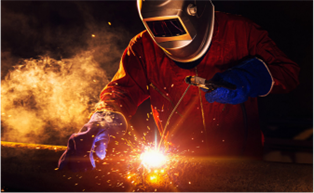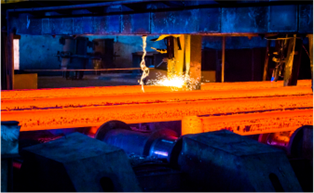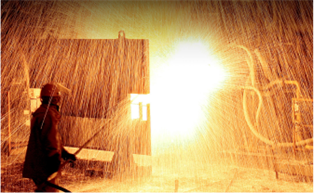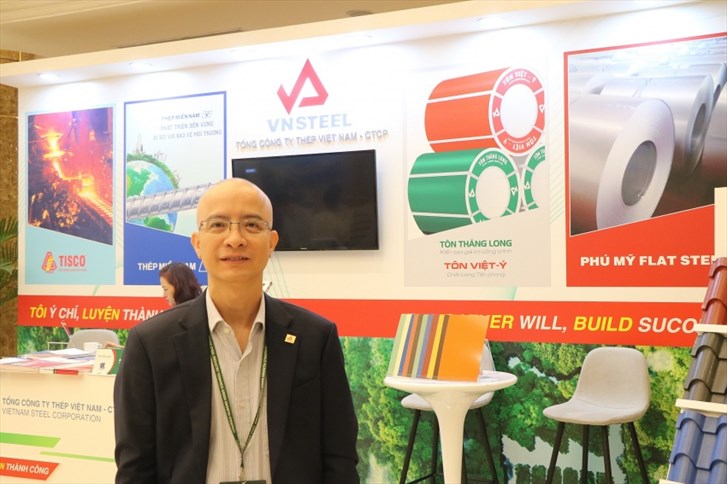VNSTEEL - the journey towards “green steel” strategy
VNSTEEL is making strong moves towards sustainable development. Pham Cong Thao, deputy general director of the company, talked to VIR’s Bich Thuy about its “green steel” journey to meet international requirements.
06/06/2024 14:13
The source of green energy is widely regarded as a decisive factor for manufacturing “green steel”. At VNSTEEL, is the current green energy source sufficient for this process?
Along with cement and chemicals, steel is one of the three major greenhouse gas (GHG) emissions industries in the world, accounting for 8 per cent of global emissions. Experts estimate that the steel industry contributes 7-9 per cent of national emissions and approximately 46 per cent of industrial processes. Consequently, the steel industry must take the lead in this transition to meet the global green trend. Reducing emissions is a significant challenge for the Vietnamese steel industry in general, and VNSTEEL in particular.
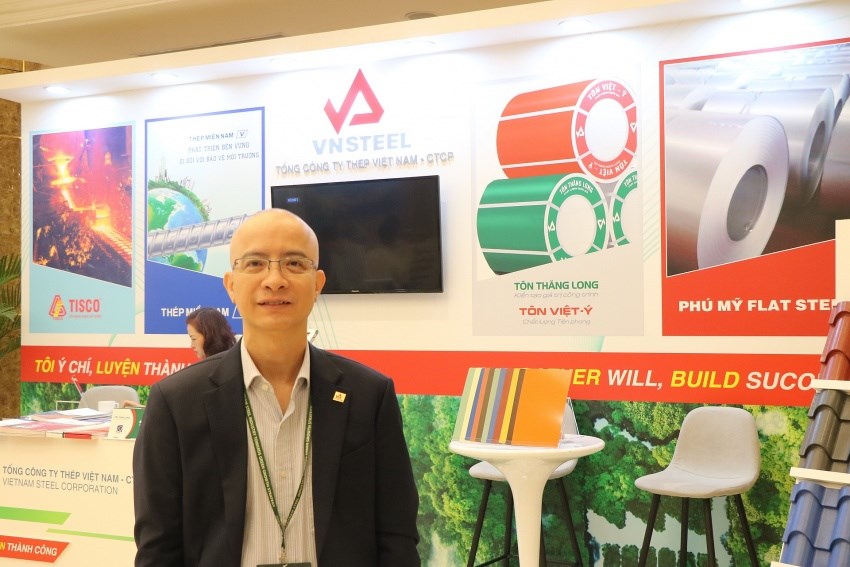 Pham Cong Thao, deputy general director of VNSTEEL
Pham Cong Thao, deputy general director of VNSTEEL
According to Bloomberg, "green steel" is steel produced using environmentally friendly technology, but it is not significantly different from regular steel. Producing "green steel" requires companies to use advanced technologies and "green" raw materials to minimise CO2 emissions during the production process. Therefore, a "green steel" product needs both the direct steel production process and the production technology processes for input raw materials and fuels (such as electricity and gas) to be entirely free of CO2 emissions.
A successful transformation in the steel industry is not easy, requiring a shift in steel technology as well as sufficiently large development of national green energy sources (green electricity, green hydrogen, among others). The technology transition means a very large investment and a truly strict process in terms of time and effort. In the long run, steel companies need to produce “green steel”. However, making "green steel" is a long road, requiring financial resources, as well as the proactiveness of enterprises, especially when carbon emission reduction regulations are quite new. In addition, the natural green energy sources needed to produce "green steel" will depend on government policies on energy transition.
For VNSTEEL's long-term perspective, we will make new investments to replace and increase capacity, and apply carbon emission reduction technologies in the production process, while aiming to utilise green energy sources (wind power, solar energy, among others). Additionally, along with the steel industry, VNSTEEL is always making proposals to the Vietnam Steel Association, the government, and relevant ministries and agencies regarding policies to promote the development of green energy and renewable energy sources for use as inputs in steel production and other industries.
The domestic steel industry is facing difficulties in the green transition due to lack of resources, energy issues, and challenges in meeting new technical requirements from the EU. Is VNSTEEL encountering similar issues? And what are the priorities and directions for the company in 2024 to tackle these challenges?
Starting from January 1, 2023, the EU’s Carbon Border Adjustment Mechanism (CBAM) is undergoing a three-year pilot phase for companies to practise. Accordingly, importers are required to submit emission reports. Following the transition period, the CBAM will officially come into effect from January 1, 2026 and be fully operational by 2034. This presents considerable challenges in terms of mandatory requirements and substantial costs post-implementation. The mechanism will impose a carbon tax on all goods imported into the EU, based on the CO2 emission intensity in the country of origins and emissions generated during the production process as well as from raw input materials.
As the 11th largest importer of goods into the EU, Vietnam currently has four key export items to the market, including aluminium, steel, cement, and fertilisers. Notably, steel products alone account for 96 per cent of the total value of the four export items, so steel exports will undoubtedly face the direct impacts of the CBAM, and VNSTEEL is no exception.
Facing trade barriers, VNSTEEL, after an overall assessment, has developed many solutions. In the short term, we will focus on meeting GHG inventory requirements from the EU and the Vietnamese government; enhance production optimisation to reduce emissions; prioritise units in the system with high technology levels and low emissions to produce steel for export; and search for raw green materials for production. In the medium and long term, in-depth investment, new investment, amd research and application of breakthrough technology will be implemented to reduce emissions in production.
In addition, it is necessary to promote strengths in the domestic market, develop new products, especially basically processed and manufactured steel products, and gradually promote the development of special steel grades and alloys with high quality to serve the needs of the domestic mechanical and manufacturing industry. We should also proactively capture market information to make expansion plans for further expanding and diversifying export markets, reducing dependence on the EU market.
VNSTEEL's sustainable development strategy until 2050 aims to reduce carbon emissions by 5-10 per cent by 2025. How much of this goal has VNSTEEL achieved so far?
Sustainable development is a global trend aimed at limiting and eliminating the adverse impacts of climate change on economic and social development, as well as the quality of life for people, especially future generations. Acknowledging that the steel industry contributes significantly to CO2 emissions, VNSTEEL has developed a long-term strategy to adapt and respond, minimising CO2 emissions to the greatest extent possible. Currently, VNSTEEL's emission reduction level is modest compared to advanced global technologies.
However, compared to other domestic steel producers, 82 per cent of VNSTEEL's crude steel output comes from electric arc furnaces and 18 per cent from blast furnaces, with production concentrated on downstream activities, resulting in lower emissions than the industry average in Vietnam.
VNSTEEL's sustainable development strategy until 2050 is categorised into short-term, medium-term, and long-term phases. In the short-term, concentrating on optimising operations to reduce emissions with coordinated solutions, VNSTEEL aims to reduce carbon emissions by 5-10 per cent by 2025. Fundamentally, VNSTEEL is still closely following the set goals for implementation, striving to improve its emissions rate to the maximum extent, with the goal of accomplishing its short-term, medium-term, and long-term objectives.
By Bich Thuy (vir.com.vn)


